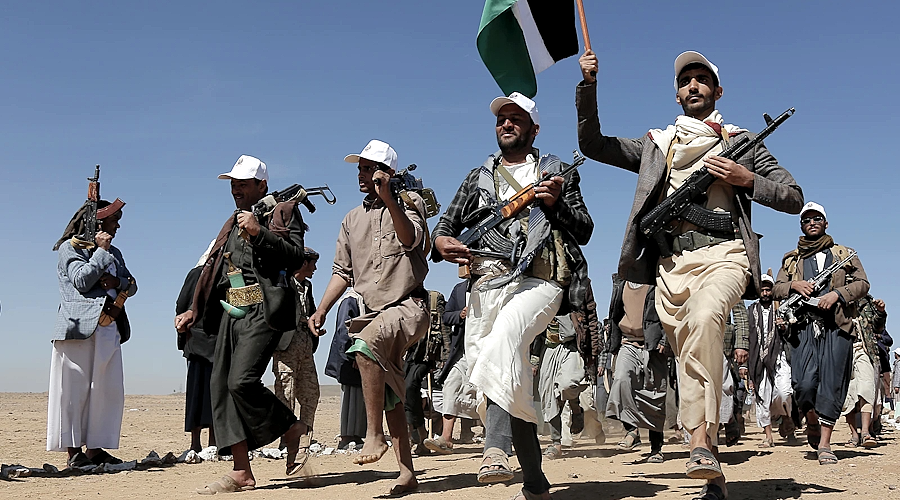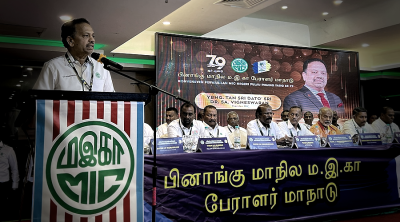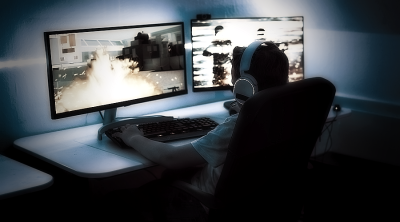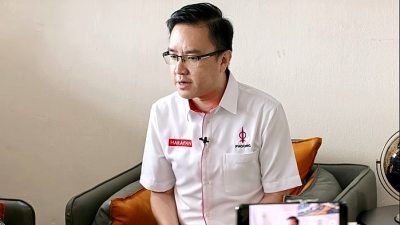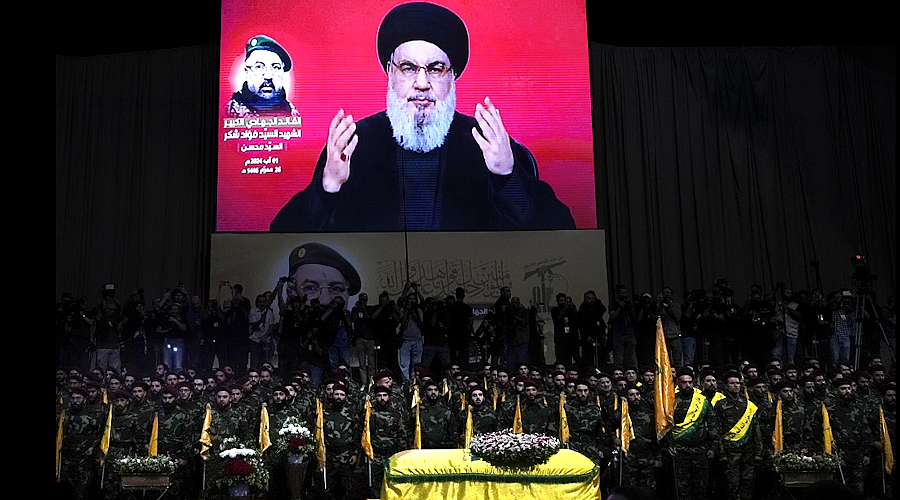
DUBAI: As Iran threatens to respond to the suspected Israeli assassination of Hamas leader Ismail Haniyeh in Tehran, the regional militias that the Islamic Republic has armed for decades could play a role in any attack.
Here’s a look at Iran’s history of arming militias, its allies in the region and what part they could play.
What could happen if Iran attacks Israel?
In April following an Israeli attack on the Iranian Embassy compound in Syria, Iran launched 170 bomb-carrying drones, more than 30 cruise missiles and more than 120 ballistic missiles toward Israel. Israel, the U.S. and other nations shot down many of the projectiles, some of which came from Yemen.
Iran could launch a similar assault, but this time Hezbollah may get involved as the militia seeks revenge for the Israeli strike last week killing senior commander Fouad Shukur.
Such an assault could strain Israeli air defenses, meaning more missile strikes raising the risk of casualties — and of a further escalation experts fear could lead to a wider regional war.
Why has Iran armed proxy forces?
Iran’s policy of arming militias took root in the aftermath of the 1979 Islamic Revolution. Before it, the U.S. provided major weapon systems including F-14 Tomcat fighter jets to the government of Shah Mohammad Reza Pahlavi.
After the revolution and the U.S. Embassy hostage crisis, those shipments and needed maintenance programs stopped. Iran’s eight-year war with Iraq in the 1980s destroyed much of its arsenal.
International sanctions on Iran, including over its nuclear program, also have kept it from receiving new arms while Israel and Gulf Arab states allied with the U.S. have received advanced weapons.
While developing its own missile program, Iran can’t match those sophisticated weapons. It relies on militias as an asymmetric threat to squeeze both Israel and the United States.
Who are Iran’s regional allies?
Iran’s arming began in earnest in the 1980s with Shiite forces in Lebanon fighting against Israel. They became the Hezbollah militia.
The arming expanded with the 2003 U.S.-led invasion of Iraq that toppled dictator Saddam Hussein, a long-time foe of Tehran.
Iran strongly backed Syrian President Bashar Assad in his country’s long war. And Iran has continued when the opportunity has arisen, even arming Sunni militants while viewing itself as the world’s defender of Shiite Muslims.
Those relationships are managed by Iran’s paramilitary Revolutionary Guard, one of the most powerful armed groups in the Middle East.
ADVERTISEMENT
ADVERTISEMENT







